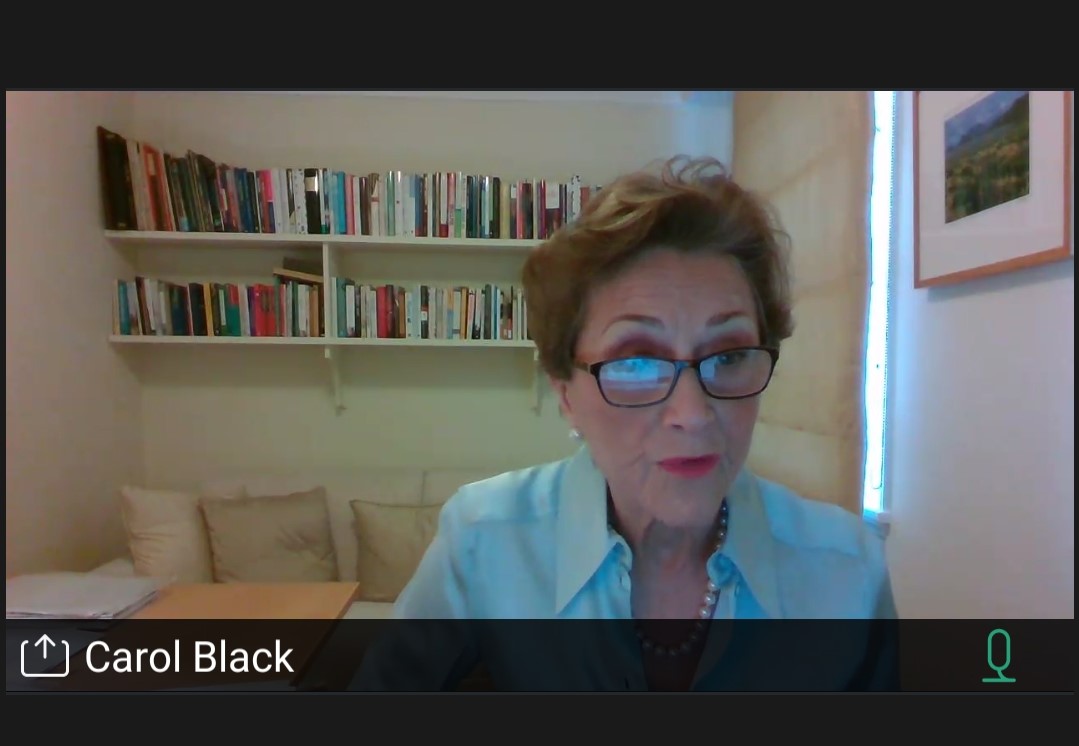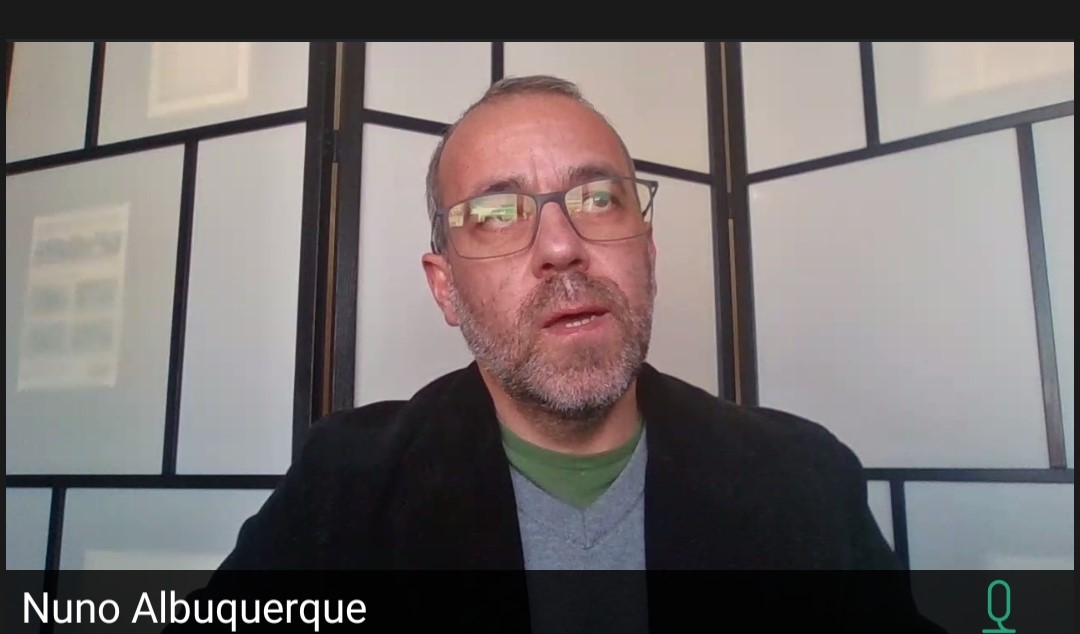Last month (February 2022), the Westminster Social Policy Forum keynote seminar was held to look at the issue of tackling drug dependence and improving the delivery of drug treatment services. Experts from a range of sectors, including government advisors, addiction treatment specialists, law enforcement leaders and academics, assessed the Independent Review of Drugs and the UK Government’s strategy and suggested the next best steps.
UKAT was represented by our Group Treatment Lead, Nuno Albuquerque, who has over twenty years of worldwide experience in the field of mental and behavioural health. Here, we discuss some of the key points raised in the seminar and assess the best practices for improving drug treatment and prevention moving forward.
The current situation
The event opened with an update on the state of the UK’s drug use problem, focusing on the issues the country is facing and the new government policy aimed at addressing the issue. Professor Dame Carol Black, appointed by UK government in 2019 to lead a review into drug-related violence and the current landscape of treatment and prevention services in the UK, highlighted some of the important financial costs:
- The illicit drugs market in the UK is worth an estimated £10 billion
- The scale of harm is increasing every year
- The capacity and quality of drug treatment has significantly reduced
- There are direct correlations between drug use death and poverty
- This has been exacerbated with COVID-19 widening economic inequalities
This last point is particularly important. COVID-19 has had a highly damaging impact on the landscape, particularly as the scale of the issue was already huge pre-pandemic:
- In 2017–18, the cost of the harms of illicit drug use in England was £19.3 billion
- Crimes committed by drug users cost £9.3 billion
- Drug-related deaths and homicide cost £6.3 billion
- Criminal justice spending was £733m
- Drug-related police enforcement was £680m
- Drug prevention and treatment £553m
As can be seen, the £2 billion spent on the courts, police and treatment services paled in comparison to the almost £20 billion that drug use cost the country, and this funding was insufficient to help the majority of people overcome their addictions. While the creation of the National Treatment Agency in 2001 was relatively successful in reducing deaths and serious crimes and temporarily improving treatment services, the many years of austerity that followed prevented the development of a crucial holistic approach.
What needs to be done?
Ultimately, the report found that there are two potential choices for the government:
- Provide sufficient funding to tackle drug use and addiction
- Continue to pay a high price without addressing the issue
UKAT has long known personal addiction recovery requires a holistic approach, and this needs to be reflected in the way government tackles drug use. Unfortunately, drug treatment and prevention has been low on the list of priorities for the government, with a huge turnover in leadership in key departments since 2018. This has made it difficult for a long-term strategy to be developed or implemented. Clearly, major systemic changes need to be made, all of which require substantially increased government investment and real scientific research that wasn’t previously being conducted.
What steps were taken?
Following the first part of the review in 2021, the government announced a one-year increase of £80 million for drug funding. This was the first funding increase for ten years and was intended to provide:
- More treatment services, including places in residential treatment
- Improved pathways taking drug users out of the Criminal Justice System
- A reduction in drug-related deaths
- More intensive treatment in areas with high drug use
- Increased availability of detox services
However, the one-year standalone uplift had serious limitations in what it could deliver, particularly in recruiting new people into treatment services and the capacity to conduct effective research.
How did the government respond to the findings?
Despite previous government inaction, Dame Carol noted that she is now starting to see a real shift in how drug use and related outcomes are addressed. This is a very positive step because, without government engagement, it is not possible for organisations like UKAT to help the sheer numbers of people who require treatment. 31 out of 32 of Dame Carol’s recommendations were taken on board, with three major 10-year ambitions laid out by the government:
- To break drug supply chains
- To deliver a world-class treatment and recovery system
- To invoke a generational shift in the demand for drugs
As the Prime Minister said upon the launch of the new strategy:
“It’s clear that the old way of doing things isn’t working. So this plan is different. It’s not a short-term fix but a long-term, 10-year strategy, one that treats drug abuse not just as a law enforcement issue but as a problem for all of society that all of the government must deal with.”
One major step already taken is the launch of the Joint Unit, bringing together all the key government departments. One of its major goals is to develop an outcomes-oriented framework to deliver evidence-based research and track the implementation and results. This research is crucial and it is a hugely positive step; there is now a recognition of and commitment to more funding for research.
As part of the ambition to deliver world-class treatment, another major aim is to expand the workforce in the treatment industry. This will require sustained funding, particularly on a local level with strategies needed for recruitment, training and upskilling. There is clearly a mountain to climb, as there are serious gaps in the workforce, particularly in key roles like consultant psychologists, who currently have an average caseload of between 50 and 80 patients. More mental health workers are also required because mental health treatment is vital in successful addiction treatment, as addiction and mental health go hand in hand.
The local money required needs to be held accountable on a national level and also requires well-considered allocation in coordination. Drug use and poverty fuel each other, so areas starting behind others due to the local economic situation need to be identified and given extra help.
What is the police’s role?
The National Police Chiefs’ Council (NPCC) contributor to the forum was Jason Harwin, Deputy Chief Constable for Lincolnshire Police and Drugs Lead. While the NPCC welcomes the new recovery approach, particularly the increased funding for research and recruitment, his arguments differed in many aspects from the emphasis the new strategy places on recovery support. He talked about the need to be realistic about the situation and find the right balance between helping people and enforcing the law.
While the police’s role is to keep crime off our streets, it is vital that the police and the courts recognise that many people do not choose to take drugs and that police need to try and divert individuals into treatment early. As seen by the high costs of drug-related crime in the 2017–18 findings, it is clear that this is a major issue. However, distinctions need to be made between serious criminals and petty drug users, and this requires a balance to be struck between public safety and helping people get the treatment they need.
How can this be achieved?
Another police contributor, Detective Chief Inspector Sonia Humphreys, highlighted how the Norfolk Constabulary was finding this balanced approach. In 2016, they saw a disproportionate amount of drug-related violence and crime, and identified the importance of research in tackling the issue.
They began to record anything that looked like supply or possession with intent to supply, and in the 3,000 arrests since then, they found that many of the suspects were bringing drugs into Norfolk from economically deprived communities in London. The police accepted that they couldn’t simply “arrest their way out of it” and instead used their enforcement data to focus on the supply lines.
Their data identified 100 county supply lines of opiates and crack cocaine coming into the Norfolk Constabulary area in 2016. Through targeted enforcement, this was reduced to 77 lines by 2019, and as of February 2022 there were 30, of which only eight are “high-risk”. They also achieved a 100% arrest, charge, remand and guilty-plea rate, which reduced offending and exploitation.
However, they didn’t just want to arrest serious offenders but also to help people in need. Their data came from 7,000 telephone numbers that had been in contact with the supply line networks, with many of these telephone numbers belonging to customers. During the pandemic, police knew that many of these people would now be going through unsupported detox due to a lack of drug supply. Rehabs such as UKAT administer medication to reduce discomfort and ensure detox is safely monitored. However, detoxing without medical support can be incredibly dangerous, as many people experience severe withdrawal symptoms such as seizures, dangerously high blood pressure and even death.
To reduce these risks, the police used those telephone numbers not only to come down hard on dangerous individuals in the drug trade but also to send messages across the network providing advice and information about drug treatment. The implementation of this strategy led to the language and culture within the Constabulary shifting, with a recognition that many people need treatment, not punishment.
Why do people use drugs in the first place?
Our Group Treatment Lead, Nuno Albuquerque, highlighted that addiction usually results from trauma or emotional pain and thrives through isolation and fear. During the pandemic, people were forced to stay at home, but the effect this would have on people’s mental health was not properly considered.
Figures from Public Health England show that drug-related deaths went up during the pandemic, even though access was reduced. As Albuquerque explained, UKAT remained open during the pandemic and had more admissions than ever, a decision the government should have followed and to keep mental health services open.
How can positive steps be taken?
The way society regards addiction is key. Humphreys pointed out the importance of a shift in language and culture with regard to drug use and addiction, and we’ve seen this at UKAT. Many of our clients begin in denial of their dependency, as they don’t want to be associated with the word “addict”. If addiction was treated with the same care and consideration as other mental health disorders, people would find it easier to open up about their struggles before reaching rock bottom. Simply penalising drug users and not addressing the path that led them there will never be an effective solution, as it doesn’t offer users the tools to change their lives.
We take a holistic approach to recovery because we know it is about far more than just putting people through detox. We help our clients make important lifestyle changes with healthy meals and encourage them to exercise. We then offer various forms of therapy to tackle the psychological aspects of addiction so that we can address their underlying causes.
A huge focus is also placed on creating a supportive recovery community, and so most of our programme is delivered in group settings with clients undergoing the 12-steps or our SMART recovery programme. We also offer family support therapy so that clients and their loved ones get the help they need, and we provide aftercare groups and treatment to reduce relapse rates after clients leave rehab.
As Albuquerque stressed, all of this takes time and funding, which many people don’t have. While the government’s new drug policy is promising, there are still concerns that the plans are far too focused on crime and punishment. What is needed is serious thought given to how much money will be spent on residential treatment services and how long people can access these services, because the holistic treatment environment provided in residential rehab is the most effective approach.
Can there ever be a drug-free society?
Another contributor to the forum was Stanford Professor Keith Humphreys, who talked about the social impact and perception of drug use.
He points out that “drug-free” is a subjective term. For example, a “drug-free” American may take many drugs throughout their life, such as Ritalin as a child to help them concentrate at school and caffeine supplements as an adult to help boost energy.
Many of these government-approved drugs can be highly addictive and have very serious potential side effects. Unfortunately, too many people are unaware of the dangers of addiction, and we’ve treated many clients for addictions to prescription drugs or “home highs” such as volatile substances and inhalants. What makes a drug dangerous or addictive is not whether it is illegal but its effects on a person.
Humphreys drew attention to a study conducted on macaques that highlights the way societal inequality contributes to drug use. The macaques were isolated and given cocaine to see how much they used and how it affected their brains, before being placed into a group where they formed their natural hierarchy. They were then given cocaine again.
The researchers found that the smaller macaques at the bottom of the hierarchy were far more likely to take the cocaine, indicating that being at the bottom of their hierarchy was an intrinsically worse experience than being at the top. The rewards offered by the drugs became a replacement for their lack of reward and status within their society. While macaques are not humans, this can clearly be seen reflected in human society. While people of every class and background take drugs, those with fewer prospects and lower status are more likely to become hard drug users and addicts. Due to their lack of opportunities, including the relative inability to access treatment, their drug use is more likely to have a detrimental effect on their lives and the people around them.
How can this affect the way treatment is offered?
On a societal level, if the potential rewards for those most vulnerable in our society can be increased, we can reduce their inclination towards taking drugs. This means more investment in poorer communities, improved education, better access to jobs and an aspirational pathway for young people. For the government, this means addressing the ever-growing gap between the rich and the poor and taking preventative measures to stop people from taking drugs in the first place.
The drug treatment industry needs to be aware that the people who need the most help are often those who have the fewest ways of accessing it. We must ensure that we have a presence in those communities that are most in need and that anybody who needs help has the financial means to receive treatment.
As Nuno Albuquerque explained, addiction thrives when it is able to isolate a person, which is why our treatment is based on inclusivity and connection. This connection can be built in rehab but also needs to be a defining feature of society, with every government department working together to make sure nobody falls through the cracks. Only with this holistic approach – focusing on prevention and treatment, not punishment or ostracisation – can real progress be made.










